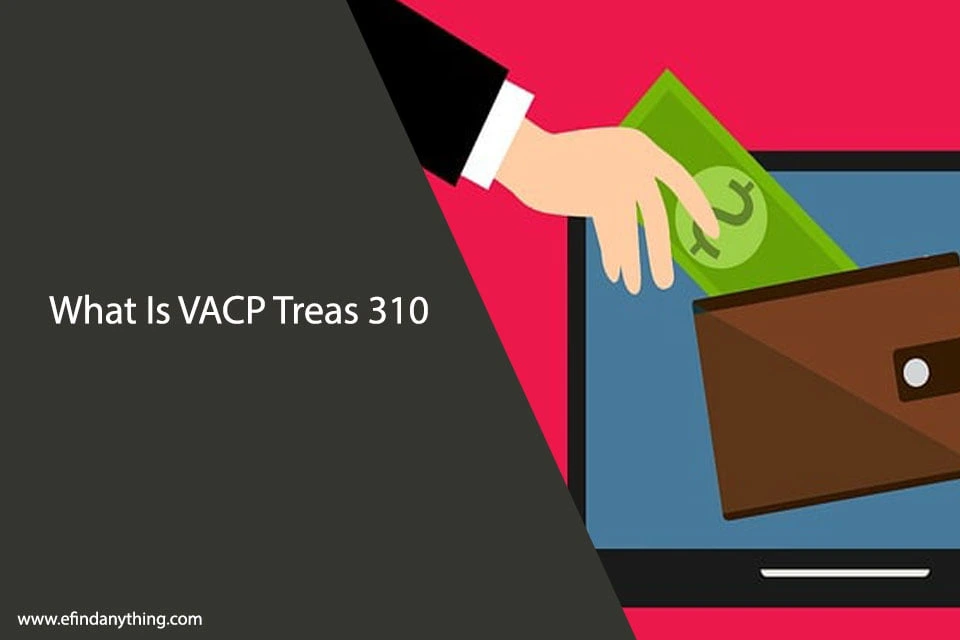
As an employer, you set the tone for how your team communicates, collaborates, and grows. A strong, positive culture can drive performance, reduce turnover, and attract top talent, while a negative one can quietly erode morale and productivity.
Every Monday morning, millions of employees wake up dreading the workday, not because of the tasks ahead, but because of the unhealthy environments they face. In fact, 44% of workers have left a job due to a toxic workplace. This alarming reality highlights the need to cultivate a culture where people feel valued, supported, and motivated.
This blog breaks down what work culture really means and offers 12 practical tips to help you build a healthier, happier, and more high-performing workplace from the top down.
Understanding Work Culture in the Modern Workplace
Work culture represents the shared values, beliefs, and behaviors that define how people interact within an organization. It’s the invisible force that shapes everything from daily conversations to major business decisions.
The pandemic didn’t just change where we work, it revolutionized how we think about work itself. Remote and hybrid models have forced companies to rebuild their cultural foundations from scratch. Traditional office rituals like watercooler conversations and impromptu brainstorming sessions have given way to virtual coffee chats and digital collaboration tools.
To help teams feel valued regardless of their physical location, some organizations have embraced digital celebration tools. Simple gestures like recognizing personal milestones can go a long way in building this culture. By sending thoughtful birthday ecards is an easy yet meaningful way to show employees they’re valued and remembered. Small actions like these contribute to a more connected and appreciative work environment.
Culture isn’t just about perks and policies, it’s built on fundamental elements that create the employee experience. Communication patterns reveal how information flows through your organization, while decision-making processes show whether you truly trust your team.
Gen Z workers prioritize purpose and flexibility over traditional benefits. Millennials seek growth opportunities and work-life integration. Meanwhile, Gen X values stability and clear expectations. Understanding these differences helps create inclusive cultures that speak to everyone.
The Science Behind Positive Workplace Culture
When employees feel safe to voice opinions without fear of retaliation, innovation flourishes. Google’s Project Aristotle revealed that psychological safety was the top factor in high-performing teams. This means creating spaces where people can disagree, ask questions, and even fail without judgment.
Modern workplaces must accommodate different cognitive styles and sensory needs. This means providing quiet spaces for introverts, flexible schedules for those with ADHD, and communication options that work for everyone. When you design for neurodiversity, you create better experiences for all employees.
Trust acts as the foundation for every positive cultural element. Without it, even the best policies and programs fall flat. Trust is built through consistent actions, transparent communication, and leaders who admit their mistakes.
12 Proven Tips to Create a Positive Workplace
Armed with the psychological and neurological insights that make culture transformation successful, it’s time to dive into the actionable strategies that will revolutionize your workplace environment.
These strategies aren’t theoretical concepts, they’re proven approaches that organizations use to build thriving cultures. Each tip addresses specific aspects of the employee experience while contributing to your overall cultural transformation.
1. Foster Open and Honest Communication
Open communication builds a foundation of trust and collaboration. When employees feel safe to share their ideas, voice concerns, or give feedback without fear of retaliation, engagement naturally rises. Leaders should practice transparency by sharing updates, admitting mistakes, and being accessible. Tools like suggestion boxes or anonymous surveys also support honest input.
2. Recognize and Reward Contributions
Consistent recognition helps employees feel appreciated and valued, which directly impacts morale and motivation. Whether it’s a verbal thank-you, team-wide shout-out, or performance bonus, acknowledging achievements—both big and small—reinforces positive behaviors. Tailor recognition methods to individual preferences to make it more meaningful and boost workplace satisfaction.
3. Prioritize Work-Life Balance
Employees perform best when they have time to rest, recharge, and care for personal obligations. Encouraging a healthy work-life balance means respecting personal time, offering flexible work hours, and promoting the use of vacation days. Supporting balance helps reduce burnout and improves long-term productivity and employee loyalty.
4. Encourage Professional Development
Offering growth opportunities shows that you’re invested in your employees’ futures. Provide access to training programs, certifications, workshops, and mentoring. When people feel they’re learning and growing in their roles, they’re more likely to stay engaged and committed. Promote learning as part of your company culture.
5. Cultivate an Inclusive Culture
An inclusive workplace makes every team member feel seen, heard, and respected. This means embracing diversity in hiring, eliminating bias, and creating equitable opportunities for all. Celebrate diverse holidays, encourage open dialogue about inclusion, and provide DEI (Diversity, Equity, and Inclusion) training to foster a more connected and empathetic culture.
6. Build Strong Team Relationships
Team chemistry is vital to a positive workplace. Encourage bonding through team lunches, retreats, virtual games, or cross-department projects. When employees trust and understand each other, they collaborate more effectively. Creating a sense of community at work fosters shared purpose, reduces conflict, and enhances day-to-day morale.
7. Support Employee Well-being
Physical, mental, and emotional well-being are essential for a thriving workforce. Offer wellness initiatives such as fitness reimbursements, mindfulness sessions, or access to mental health professionals. Promote open discussions about stress, anxiety, or burnout, and train managers to spot signs of distress. A healthy employee is a happy and productive one.
8. Set Clear Goals and Expectations
Ambiguity creates stress. Employees should clearly understand their roles, objectives, and how their work aligns with the company’s mission. Use tools like SMART goals (Specific, Measurable, Achievable, Relevant, Time-bound) and regular performance check-ins. Clear expectations help employees stay focused and feel confident in their contributions.
9. Lead with Empathy
Empathetic leaders understand the challenges their teams face and respond with compassion. This builds trust, loyalty, and psychological safety. Leaders should actively listen, offer support during tough times, and consider individual needs. Empathy doesn’t mean avoiding accountability—it means approaching leadership with emotional intelligence and genuine care.
10. Design a Comfortable and Inspiring Workspace
Whether remote or in-office, the workspace plays a huge role in productivity and morale. Ensure the environment is clean, organized, and equipped with ergonomic furniture and adequate lighting. Add plants, artwork, or relaxation zones to inspire creativity. A thoughtfully designed space helps reduce stress and enhances overall job satisfaction.
11. Encourage Autonomy and Ownership
Trusting employees to manage their tasks and make decisions fosters independence and pride in their work. Micromanagement stifles creativity, while autonomy encourages innovation and accountability. Set clear expectations, provide support when needed, and allow room for experimentation. Empowered employees tend to be more engaged and take initiative.
12. Promote a Culture of Positivity
Positivity fuels motivation. Encourage optimistic thinking, gratitude, and a “can-do” attitude throughout the organization. Start meetings with wins, celebrate milestones, and build workplace traditions that bring joy. When positivity is modeled by leadership and embraced by the team, it creates a ripple effect that boosts energy and performance.
Final Thoughts on Workplace Culture Transformation
Creating a positive work culture takes time, but it’s one of the best investments any company can make. When people feel respected, supported, and inspired, they’re more likely to stick around, do great work, and lift others up too.
The 12 tips we shared aren’t just quick fixes, they’re small, everyday actions that build trust and strengthen your culture over time. Start with one or two, stay consistent, and you’ll see how the workplace energy begins to shift. A great culture doesn’t just happen, it’s built, step by step, by people who care.
Common Questions About Building Positive Workplace Culture
1. How do you create positivity in the workplace?
Focus on the aspects of your job that bring you fulfillment. Being passionate about your job and having empathy and compassion for your colleagues help improve workplace morale. Another great way to promote positivity in the workplace is by showing gratitude and appreciation toward others. This encourages engagement.
2. How long does it take to change workplace culture?
Cultural transformation typically takes 18-24 months to show significant results. However, you can see improvements in employee sentiment within 3-6 months of implementing consistent changes. The timeline depends on your starting point and commitment level.
3. Can remote teams have a strong work culture?
Absolutely. Remote cultures require more intentional effort around communication and connection. Use technology to create shared experiences, maintain regular check-ins, and celebrate achievements together. The key is being purposeful about relationship building.











